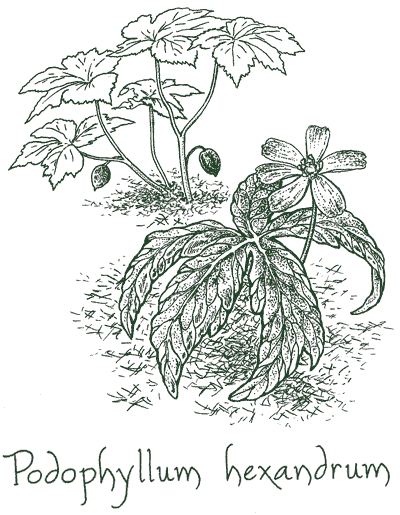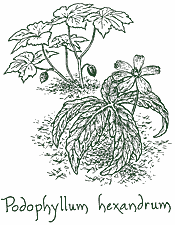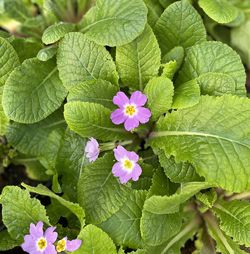Himalayan Mayapple

Podophyllum
Flourishing in moist, humus-rich niches, Podophyllum’s vigorous fleshy rhizomes form a substantial colony. Every part of Podophyllum is toxic except the ripened “apples,” although recent studies indicate the entire plant contains promising medicinal properties including anticancer and other healing compounds.
Please fill out our Registration Form to receive news of updates to the web site, availability of new plants, give us your feedback, and to be on the mailing list to receive future printed catalogs.











